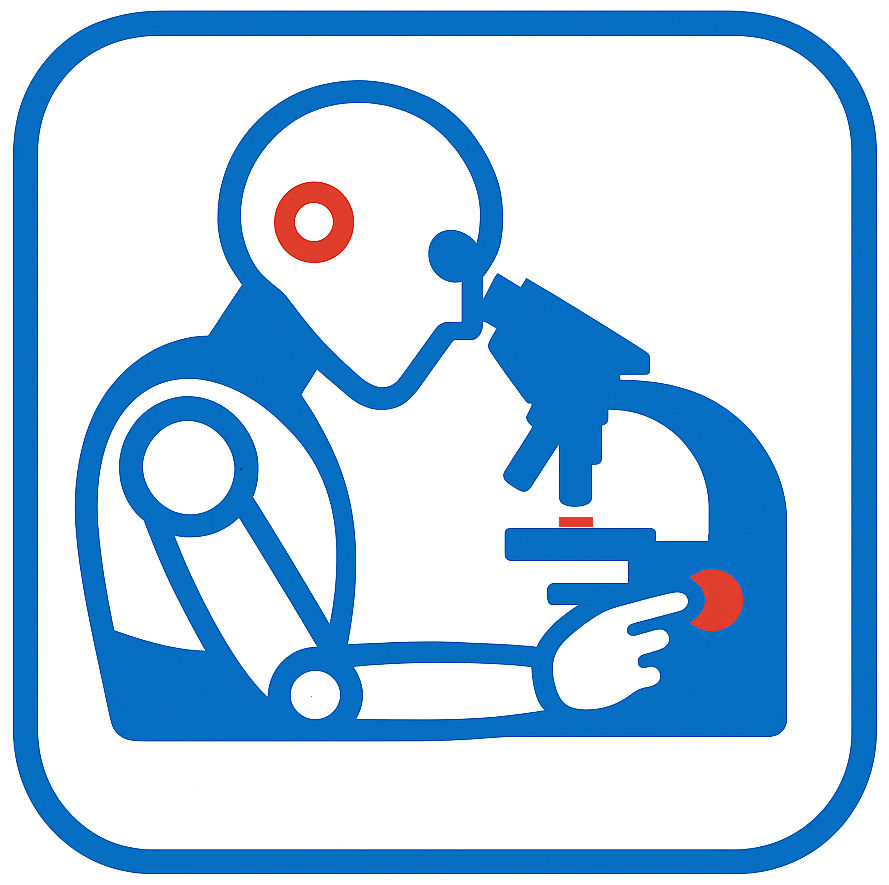
Your lab report gives you numbers, not meaning. When you see “high,” “low,” or “out of range,” the real question is: how significant is it? That’s where context matters — and where AI can bridge the gap between data and understanding.
Most reports simply list values for markers like ALT, TSH, and LDL, but they don’t explain why those numbers may be elevated, how they interact, or what to do next. AI-LabTest fills those missing pieces.
1) AI Finds Hidden Relationships
Unlike a static report, AI examines patterns across panels. A mildly high ALT with normal AST may be temporary, while a rising TSH and low free T4 could point toward hypothyroidism. AI models compare marker combinations — not just single values — to highlight what’s worth a closer look.
2) AI Clarifies What “Abnormal” Really Means
Many results marked “high” aren’t clinically alarming. AI weighs context — your age, gender, recent illness, and test type — against the reference range. It can flag which results likely normalize on their own and which deserve medical review.
3) AI Turns Complexity Into Clarity
Even well-read patients struggle to interpret multiple markers at once. AI-LabTest converts data into plain-language explanations and visual summaries. It helps you see what’s significant, what’s mild, and when to follow up — without replacing medical judgment.
4) Where AI Adds the Most Value
AI Interpretation, Human Judgment
AI-LabTest doesn’t diagnose — it clarifies. By filling the informational gaps between your report and your clinician, it helps patients prepare better questions and understand follow-up decisions. For many, that means less anxiety and faster insight into what their results actually mean.
Below are a few quick links to related explainers that connect common lab markers and what their results may indicate:
⬐ See What Your Lab Report Really Means ⬎